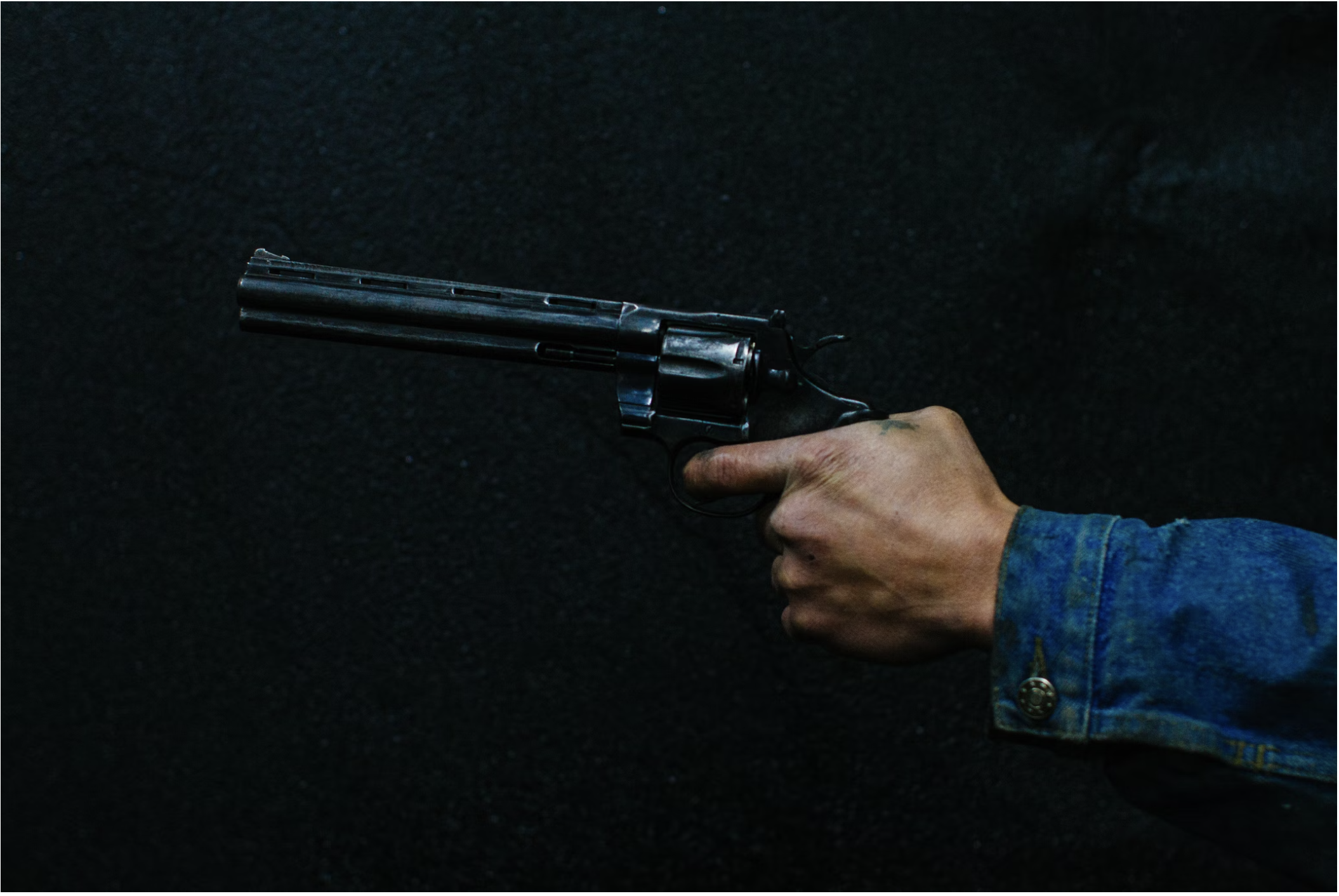On July 17, at 5:56 p.m., Jonathan Sapirman exits a restroom at Greenwood Park Mall and uses a semi-automatic rifle to fire at people in the food court, injuring several and killing three victims.
Chaos ensues in the mall as the gunman opens fire for two straight minutes before Elisjsha Dickens draws his gun and fires at the perpetrator. The gunman fires 24 rounds. Dicken fires 10. As the gunman stumbles to the bathroom, hundreds of bystanders run toward the exit of the mall. Soon after, the perpetrator dies and the threat is finally over — but so, too, are the lives of Pedro Pineda, Rosa Mirian Rivera de Pineda, and Victor Gomez.
Greenwood is a city in Johnson County, Indiana, and constitutes the most populated part of the southern portion of the Indianapolis Metropolitan Area. Indianapolis as a whole has struggled with shootings in the past, but Greenwood was a relatively quiet and safe district outside of downtown Indianapolis.
The Greenwood Park Mall was the place to be on a Friday night right before the weekend. I can recall the hundreds of times I sat in the same exact food court where Pedro and Rosa were having their Sunday dinner or went to use the restroom in the same exact place where the shooter killed his first victim. I never thought that a shooting could occur near my home, much less that my mother would have to attend a victim’s funeral. Even more shocking was that those names sounded more like my name than the names of individuals that live in Greenwood. Similar to the Uvalde shooting in May, this incident hit a little too close to home.
This shooting was just like Uvalde in another sense, too. Social media was quick to become swamped with competing narratives about guns. Elisjsha Dicken, the 22-year-old man that intervened in the Greenwood shooting, killing the shooter and saving perhaps tens of lives, also became another example of the common trope: “a good guy with a gun.” The idea that law-abiding citizens with guns are an antidote to America’s rise in mass shootings is not an unpopular one — nearly 42% of Americans believe that there wouldn’t be a decline in mass shootings if it was harder for people to obtain guns legally, and 9% believe that there would be more mass shootings with more gun restrictions.
There are numerous examples in which armed civilians have engaged with active shooters and neutralized the situation, such as a volunteer security guard ending a series of church mass shootings in 2017, another volunteer security guard ending the deadly shooting at West Freeway Church of Christ in White Settlement in Texas in 2019, or an armed psychiatrist demobilizing a gunman in Philadelphia in 2014.
However, there are many other incidents where no such heroism took place, such as the recent Uvalde shooting that ended with the senseless deaths of 19 students and two teachers. The Greenwood Park Mall shooting happened hours after a Texas House committee reported that nearly 376 police officers present at the scene failed to neutralize the situation for nearly an hour as the shooter walked around Robb Elementary School. On the same day as the Greenwood shooting, another shooting occurred a few miles away in Beech Grove, Indiana, and there was no “good guy” present. Out of the 434 shootings in which an active shooter was killed at the scene of a mass shooting, in only 24 cases did an armed civilian intervene, including off-duty police officers and security guards.
Even when there is a “good guy” present, this can create more confusion from law enforcement. Such was the case during the Arvada mass shooting in which an armed civilian shot and killed the attacker but was then later killed by police who had mistaken him as the gunman. An alternate scenario involves the gunman killing the “good guy” first; Victor Gomez, the first victim in the Greenwood Mall Park shooting, was also armed and never had the chance to use his weapon.
Elisjsha Dicken has been honored as a hero throughout the nation — and rightfully so. What Elisjsha Dicken did at the Greenwood Mall Park shooting saved countless lives, but it is a rare example of a “good guy with a gun.” The shooting still ended with three individuals being fatally shot and two more being injured, including a 12-year-old girl. Even when guns are used by a “good guy” to stop an active shooter, these heroic actions come at the cost of tragedy: A bad guy with a gun killed three people first.
And yet, the popularity of the “good guy with a gun” trope continues to make it very difficult to secure stronger gun restrictions. Guns are much more likely to be accidentally discharged, be stolen, or be used in a crime than to be used to stop a mass shooting.
The debate surrounding guns is increasingly complicated by incidents such as the Greenwood Park Mall shooting. As the number of shootings in the U.S. is projected to increase, we must ask ourselves: Is our best defense really to hope that a “good guy with a gun” is always waiting around to save the day?
Image by Alejo Reinoso licensed under the Unsplash License.



